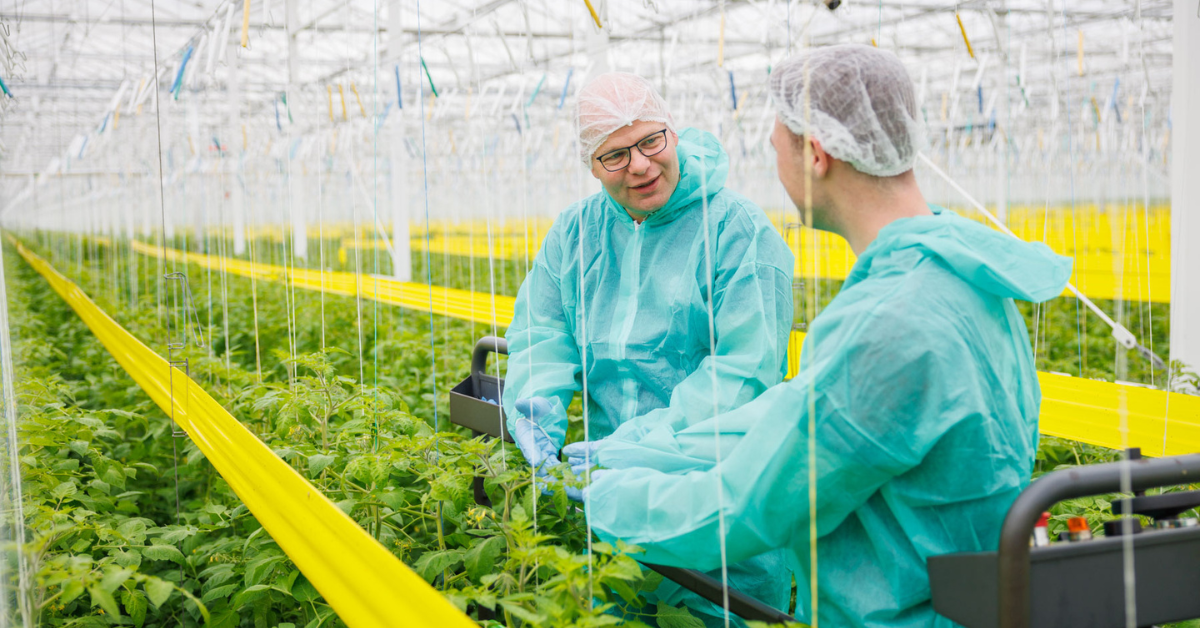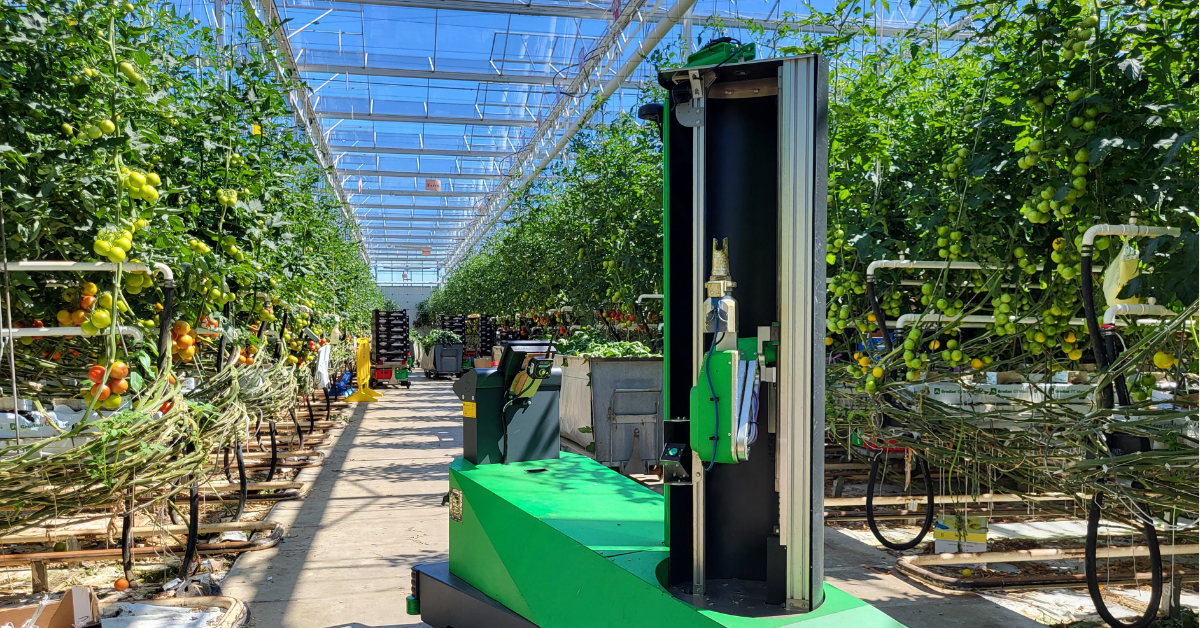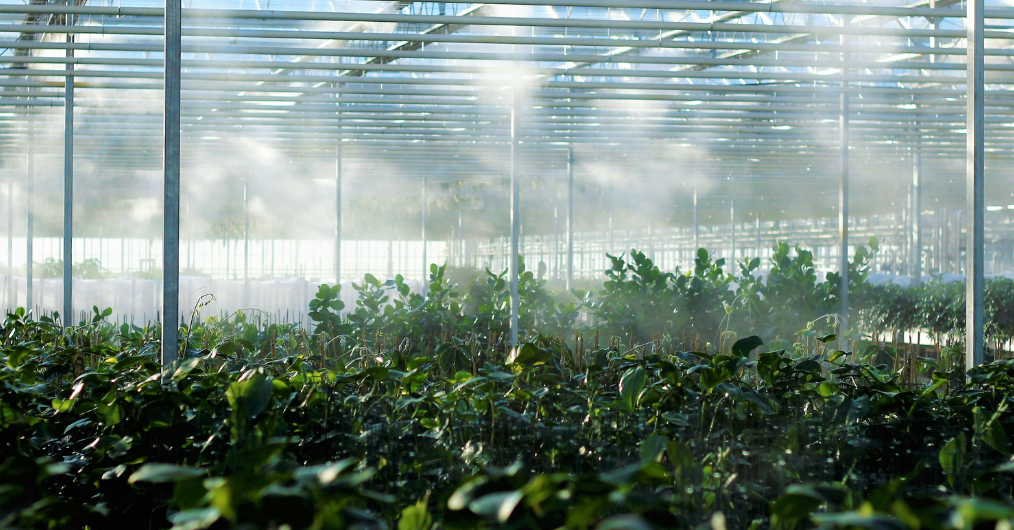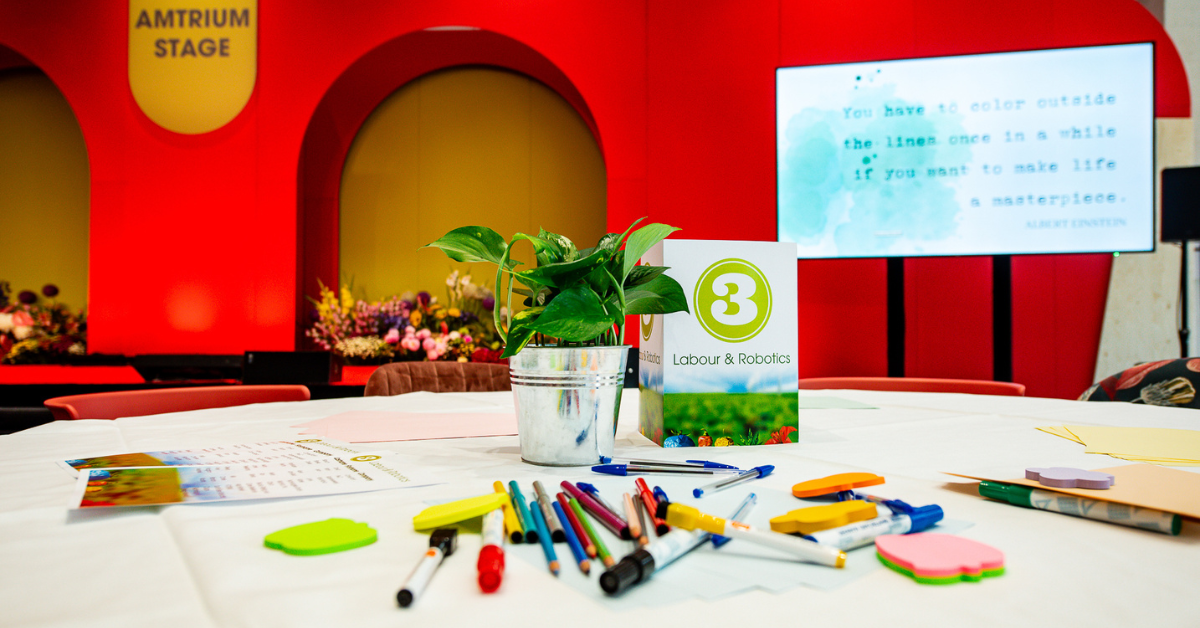‘Working on assumptions is now a thing of the past’
 Author: Jacco Strating
Author: Jacco Strating'Passion' embodies our unlimited commitment to crops, people, and technology, driving innovation across the horticulture sector. Building on the enduring importance of personal touch, GreenTech is excited to strengthen connections and unveil new initiatives designed to inspire growth and collaboration within the industry. In a series of articles, the passion within horticulture worldwide will be highlighted from different angles. This time we focus on the importance of data in successfully running a horticultural business and how to start small.
Although many companies are using their data more effectively, there are still many companies that are not getting the full potential out of their data. “A shame”, says Ruben Gideonse of TapTarget. “If you cannot quickly get to the most important insights from your data, this can lead to lost revenue, inefficient processes and a lag behind the competition.”
One push of a button
TapTarget wants to make Business Intelligence (BI) accessible to everyone. The company does this through innovative connections, transformations and visualizations. “We strive to offer a secure, flexible and user-friendly BI environment with just one push of a button. We see a world where users can effortlessly gain insights from their data through dashboards. What can be improved, where are the opportunities and how can you work more efficiently? One of the biggest challenges in horticulture is dealing with seasonality. Labor needs and the market demands often change throughout the year. With the right data, companies can anticipate better on these shifts and adjust on time. For example, by spotting trends early, they can align production planning and sales strategies more effectively. This way, they’re not just reacting to changes, but staying ahead of them.”
Gideonse indicates that large organizations are often ahead in the use of data and BI tools, while small and medium-sized companies often lag behind due to a lack of knowledge or resources. “Previously, it was mainly a competitive advantage when you started with BI as a company. It also made sense that mainly large companies started with this, since it required high investments. Fortunately, more and more BI-related solutions are now coming onto the market. This allows companies to start working truly data-driven quite easily and without too many investments.”
Additional support
According to Gideonse, a BI tool is almost indispensable within a company today if you really want to grow. "But it is also important to keep up with these developments, so that you as a company do not fall too far behind." According to him, this does not mean that you have to throw everything upside down from one day to the next. "Companies often have a lot of knowledge and experience in-house. Of course, you should cherish that. You should primarily see BI tools as additional support within your organization. Use it as a support, so that when making important decisions you can fall back on the data to confirm your choices. And often that data also provides new insights."
To help companies get started, TapTarget shares a number of steps to get started with BI and options to gain experience with it:
1. Start small
It is important to get a feel for the possibilities of BI and that is why it is important not to start too big, says Gideonse. “For example, start by visualizing your financial data, so that you now have direct insight into the most important financial data, such as your creditors, debtors, ratios, profit and loss. This can create insights that were previously more difficult to obtain.”
2. Choose accessible tools
Nowadays, more and more companies are making BI accessible to other companies. For example, there are solutions where you can have your entire dashboard ready within a few clicks, such as TapTarget offers. “But you can also start yourself with BI tools such as Microsoft Power BI or Google Looker Studio. This is especially useful if you want to gain more knowledge of the possibilities of BI. Keep in mind that this can quickly become quite complex, depending on the data that needs to be visualized.” If you want to combine data from different data sources in a dashboard, it is also advisable to use a data warehouse solution. “Then all data can be stored in one place, so that the dashboards can continue to perform better and data can be combined more easily in a dashboard.”
With the insight from that dashboard, you can then really use the data to implement improvements in your company, says Gideonse. “For example, look at where you are losing too much turnover and make a plan to implement the optimizations. Afterwards, you can easily see whether the optimizations have delivered the desired results.”
3. Involve your team in the process
As with any new software, it is also important to involve your team in the changes, Gideonse adds. “This way, the solutions and insights can be used optimally, so that the best results can be achieved. One of the advantages of BI is that everyone can easily access the desired insights. This way, the right information really reaches the people who benefit from it, so that your organization can continue to grow better and more efficiently.”
Development phase
Gebr. Valstar B.V. from the Netherlands is active in the breeding, propagation and production of Calathea varieties. The company started working with data just under a year ago. “We are still in the development phase,” says Raimond Hagedoorn, “but we certainly see opportunities to plan and predict our production better based on data.” The nursery is currently working on linking various systems for sales, labor registration, cultivation planning and internal automation. “We can use BI tools to connect all the data to get an overall overview. We then share the insights that come from this with our various locations and on that basis, we can jointly determine the KPIs.”
Hagedoorn expects that better insights will also lead to better results. “The question is: what surprises will we see? At the moment we already have a good picture of the current figures, in the future we especially want to be able to predict what awaits us. So that we don't miss any opportunities.” He also advises other entrepreneurs to start working with data. “It gives you a realistic picture of your company. What is really happening in your organization? What are the real numbers? Working on assumptions is now a thing of the past.”

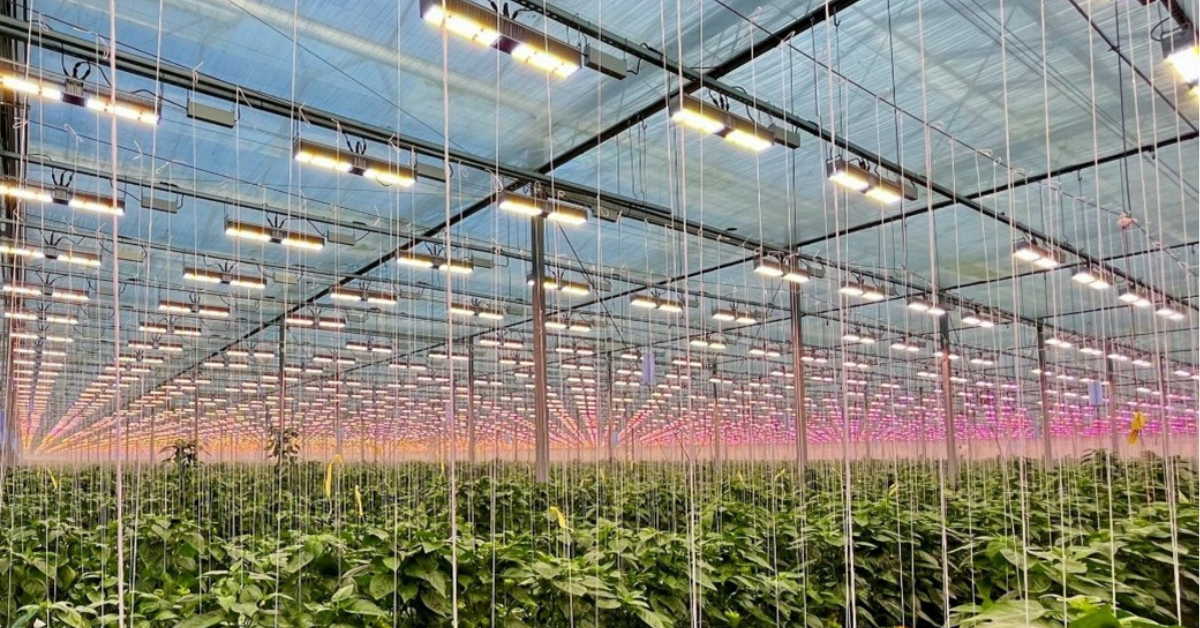
.png?h=628&iar=0&w=1200)
